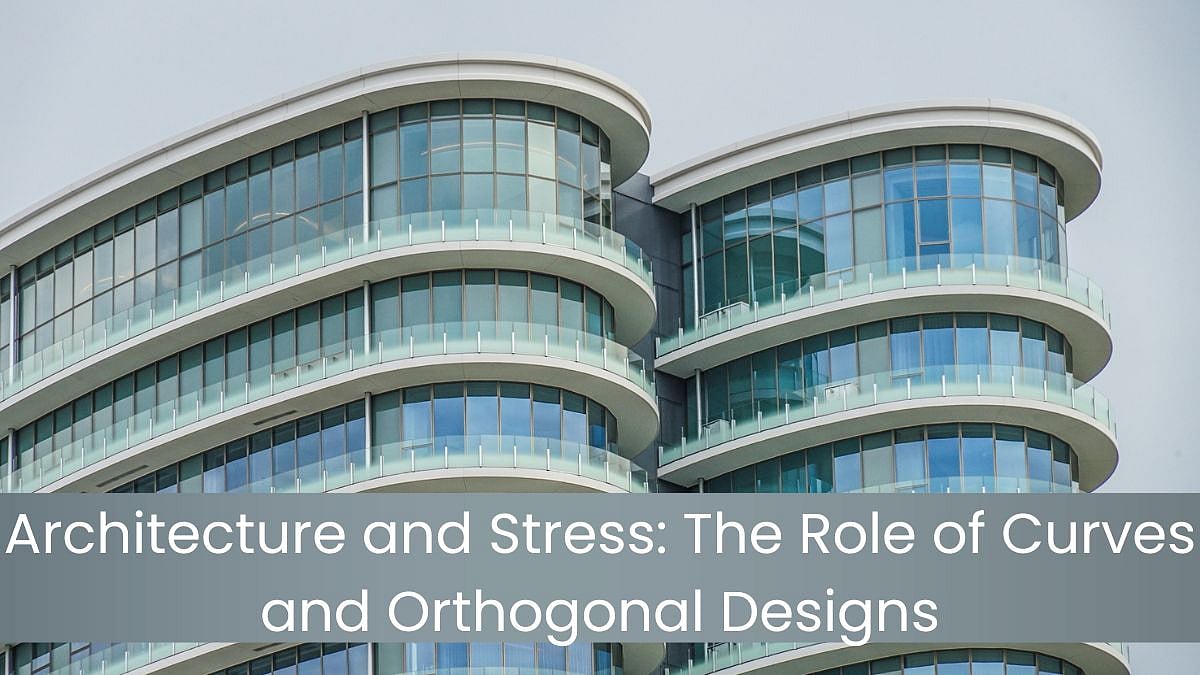Architectural design has a profound impact on stress levels, psychological wellness, and overall well-being. Curvilinear and orthogonal designs influenced by natural shapes, such as Zaha Hadid’s and Bauhaus geometries, have been proven to relieve stress and improve emotional responses.
This study explores how architecture employs curvilinear and orthogonal forms in the built environment to relieve stress levels. It examines how design choices are made based on the function of space, the perception of forms, their implementation and effect, the influence of nature-centered design, and proposes solutions for future projects.
Curvilinear designs promote relaxation, positive emotions, and increased productivity, whereas rectilinear forms are connected with stability and order. Curved shapes are generally seen as softer, warmer, and calmer. Research shows participants identify curved shapes with comfort and emotional warmth, whereas angular forms are associated with rigidity and uneasiness. Curves are simpler to follow and less intimidating than sharp edges, producing calming responses and reflecting human preferences for natural, non-threatening shapes.
Zaha Hadid’s projects, such as the Heydar Aliyev Center in Baku, demonstrate organic shapes suggesting movement and harmony, while the Bauhaus movement emphasized geometric forms and simplicity, advocating stability and clarity. These contrasting ideologies highlight how curves encourage creativity and relaxation, while angular shapes express structure and discipline.
The paper also investigates biophilic design, based on the innate human love of nature. Structures like the Eden Project in Cornwall use biomimicry and curvilinear compositions to create immersive, restorative environments.
Through research, case studies, and interviews with professionals, this study reveals how architectural forms influence emotional states, creativity, and well-being. Understanding these relationships allows architects to design environments that not only function aesthetically but also serve as a positive impact on psychological health and human experience.
To read full paper: click here









